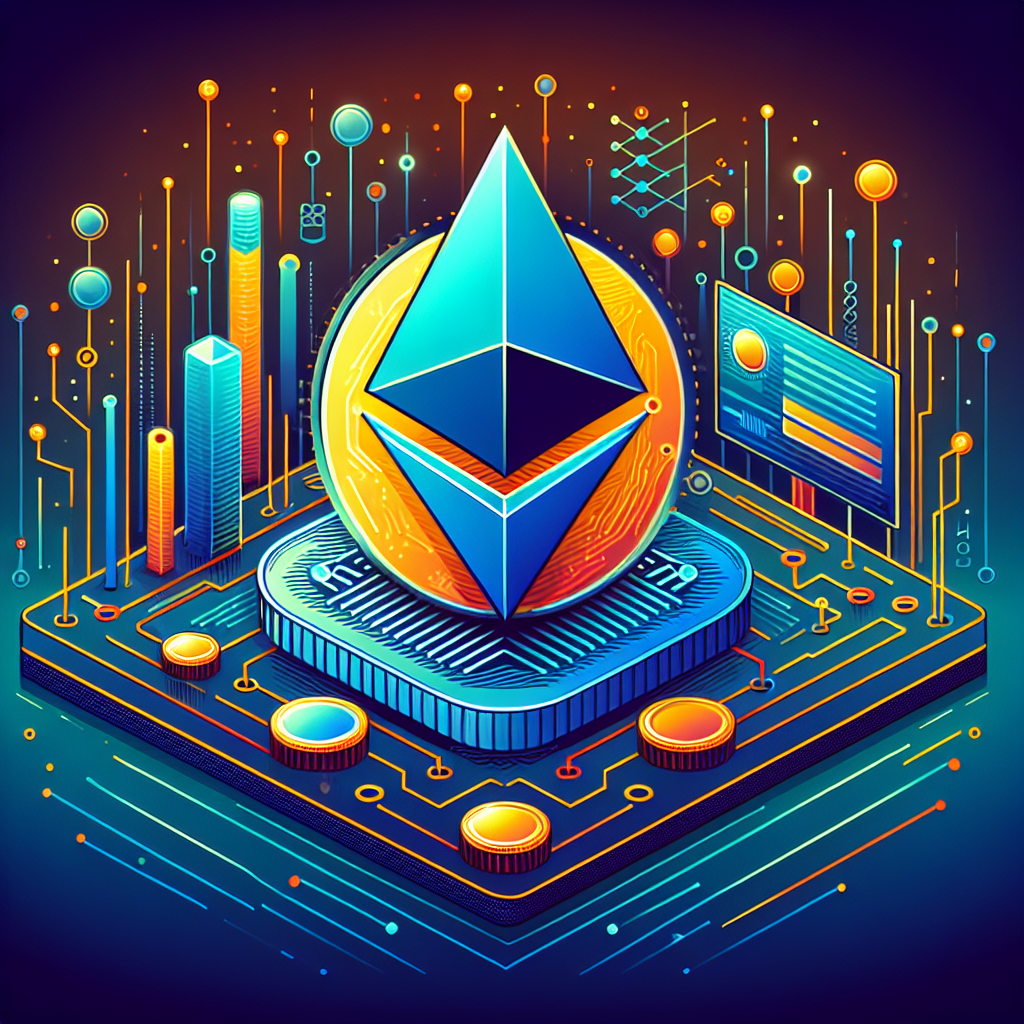Ethereum Layer 2 Scaling Solutions: A Comprehensive Overview
With over $30 billion locked in DeFi protocols and more than 200,000 daily active users, Ethereum has become the go-to platform for decentralized applications (dApps) 1. However, this success has brought its own set of challenges, most notably scalability issues that result in high transaction fees and slow confirmation times. The Ethereum community has proposed several solutions to these problems, among which Layer 2 scaling solutions stand out for their potential to take Ethereum to the next level. In this article, we will explore these Layer 2 solutions, their benefits, challenges, and their potential impact on the Ethereum ecosystem.
Understanding the Scalability Issue on Ethereum
To fully appreciate the potential of Layer 2 solutions, it’s crucial to understand the scalability problem they aim to solve. Ethereum, like other blockchain networks, can process only a certain number of transactions per second (TPS). With Ethereum, this number currently stands at around 15 TPS 2. As the network’s user base continues to grow, this limit is quickly reached, leading to congestion, slow transaction times, and increased gas fees.
What Are Layer 2 Scaling Solutions?
Layer 2 scaling solutions are technologies that process transactions off the main Ethereum blockchain (Layer 1), and then post the results of these transactions back to it. By moving most of the computational work off the main blockchain, Layer 2 solutions dramatically increase Ethereum’s transaction capacity while reducing fees.
Rollups: A Promising Layer 2 Solution
Perhaps the most talked-about Layer 2 solution today is Rollups. Rollups bundle or “roll up” multiple transactions into a single one and then post this “rolled up” transaction to the main Ethereum blockchain. There are two types of Rollups: Optimistic Rollups and zk-Rollups.
Optimistic Rollups
Optimistic Rollups use a system of “fraud proofs” to ensure transaction validity. Essentially, the system assumes that all transactions are valid unless proven otherwise. If a fraudulent transaction is detected, any user can challenge it, and if the challenge is successful, the fraudulent transaction is reversed 3.
zk-Rollups
zk-Rollups, on the other hand, use a cryptographic method known as zero-knowledge proofs to verify the validity of transactions. This method allows for faster transaction verification than Optimistic Rollups, but it requires more complex computations.
Plasma and State Channels: Other Layer 2 Approaches
Other Layer 2 solutions include Plasma and state channels. Plasma is a framework for building scalable dApps by creating “child” blockchains that are anchored to the main Ethereum blockchain. State channels, on the other hand, allow users to conduct multiple transactions off-chain before settling the final state on-chain.
Layer 2 Solutions in Practice
Several Ethereum Layer 2 solutions are already in use. For instance, Uniswap, a popular decentralized exchange, has announced plans to use Optimistic Rollups to reduce transaction fees and speed up transactions 4. Similarly, Synthetix, a derivatives liquidity protocol, has already implemented Optimistic Rollups in its platform 5.
The Impact of Layer 2 Solutions on the Ethereum Ecosystem
The successful implementation of Layer 2 solutions could revolutionize the Ethereum ecosystem. By significantly increasing Ethereum’s transaction capacity and reducing fees, Layer 2 solutions could make Ethereum more accessible and affordable to use, thereby attracting more users and developers to the platform.
Challenges and Future Prospects
Despite their promise, Layer 2 solutions are not without challenges. They require significant technical expertise to implement and maintain, and they may introduce additional security risks. However, with ongoing research and development, these challenges can be overcome.
In conclusion, Layer 2 scaling solutions represent a significant milestone in Ethereum’s evolution. They offer a practical and promising approach to solving Ethereum’s scalability problem, and their successful implementation could usher in a new era of decentralized applications and digital assets.


Leave a Reply